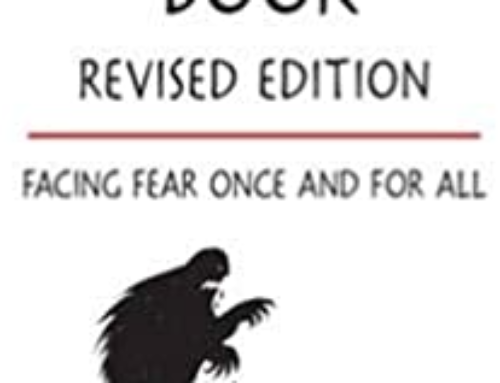That Word that you just Heard can Never Be Unheard.
In our previous post: we talked about Hypnotic Language Patterns. When you work in sales, your job is not just to relay information – it’s to relay and build emotions. People do not buy based on logic. They buy off emotions and use logic to justify it with reason. Hypnotic language helps you communicate on all levels more effectively. Today we are going to learn many great language patterns from “Unfair Secrets of Hypnotic Selling with NLP” by Franz Anton Mesmer II.
Metaphor for Hypnotic Persuasion
You make up a metaphor which puts the mind of the customer, or the person with whom you are negotiating, along a path you want it to run. You can attack someone through metaphor too. It’s just a metaphor, after all, and almost any metaphor is capable of several interpretations. You didn’t say that the competitor was a thief like Bernie Madoff. You just sait that sometimes people think they can rip you off like Madoff, and asked the customers to think of times that happened.
You can ask the customer if they know anyone who has DEFINITELY picked the wrong lender/Realtor. And assure that you are committed to never being THAT Realtor/Lender
You don’t have to say “Wells Fargo sucks.” You can ask if they have ever seen the Dirty Money Episode about Wells Fargo?
Anything that starts with “There is an old saying that…..” is a metaphor.
Double Binds: the illusion of choice with paralysis of the brain
Here is a form for a very effective suggestion: “Whether you give an order for this product today, or whether you just decide to try this product in your business for a time, the important thing is that when you have this product that you can look back on in the years to come with pride for the good decision you make today for this enhancement to your business, because of all the rains you can think of to do it. Do you know that is how Andrew Carnegie got his reputation for good business decisions?”
The last sentence, the question, gives amnesia for the suggestions.
A double bind gives you two alternatives, which are really the same alternative, and then you add something to distract the consciousness, which is trying to figure out what the difference is between the alternatives

